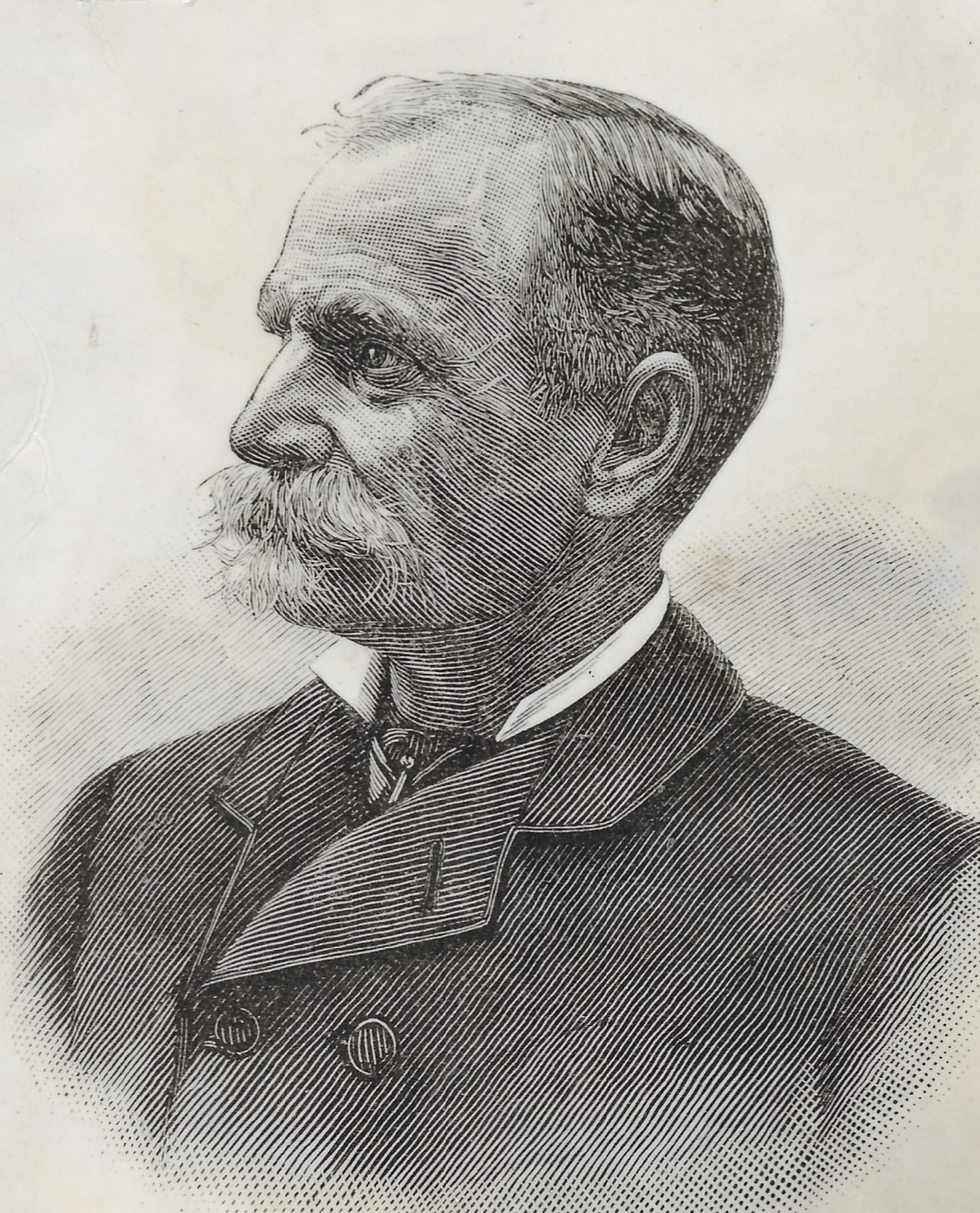
5 minute read
The Mystery of Black Bart

Charles E. Boles may be the most famous stagecoach robber in California history, and without doubt he was the Golden State’s most unique in his trade. It’s believed he began his career in 1875 when he targeted the Sonora to Milton stage in California’s southern Mother Lode country. For the next seven years or so, he singlehandedly robbed at least 28 coaches in Northern California taking valuables from Wells, Fargo & Company strongboxes and passengers onboard. Over the course of his crime spree, he stole thousands of dollars in cash and treasure. Lawmen, especially James Hume, Wells, Fargo’s chief detective, worked tirelessly to capture him.
There is no evidence that he robbed any stages or committed any crimes at all in Tulare County, but the robber’s story is still part of Tulare County history. After serving time in San Quentin State Prison for his crimes, the celebrity convict was last seen in Visalia, then disappeared. Read on about the outlaw's criminal past— including his last sighting in our Central Valley town.
Boles’ stagecoach robberies were brazen with a unique method of operation. He would hide along the stage route, usually near the top of a hill. As the slow coach crept up the grade, he would challenge the driver with a shotgun. (Later it was found his gun was always unloaded.) He would demand the Wells, Fargo strongbox and take valuables from the passengers. He would never physically harm any victims.
After taking the loot, Boles would send the coach on its way. He would leave the scene on foot, never using a horse. Apparently very fit, he was known to walk for miles. Boles was always careful not to leave evidence of his identity at the scene. But curiously, he would often leave handwritten poetry behind, and sign his work “Black Bart the P08.” At one of his robberies he left the following:
Here I lay me down to sleep, To wait the coming morrow. Perhaps success, perhaps defeat And everlasting sorrow.
Let come what will, I’ll try it on, My condition can’t be worse. And if there’s money in the box, Tis munny in my purse.
- Black Bart, The Po8
On November 3, 1883, Black Bart stopped his last stage. Like the first holdup, it was the Sonora to Milton stagecoach, but this time he had a problem. The coach driver and a young boy hunting nearby surprised him, both firing several shots at him. Startled, but unhurt, Bart quickly ran from the scene, accidentally leaving a handkerchief with the laundry mark F.X.O.7 behind. It was the evidence lawmen needed. They traced the mark to a miner named Charles E. Boles living in San Francisco. His arrest was big news and was reported in several newspapers.
The well-mannered, well-dressed suspect did not fit the image of a robber. He had a slight build, stood about 5'8" tall, had blue eyes and grey hair, and was in his late 50s. He was tried, convicted, and sentenced to six years in San Quentin State Prison. He began his time on November 21, 1883. While incarcerated, he was a model prisoner,
keeping to himself and obeying the rules. His good behavior earned him an early release, and on January 23, 1888, he walked out of prison a free man.
He stayed in San Francisco for a couple of weeks under the watchful eye of detective James Hume. The lawman was not convinced that Boles had given up his life of crime. Boles left San Francisco in early February 1888, and was surveilled to Modesto, then Merced, Madera, and finally to Visalia. Modesto, Merced, and Madera were logical stops for Boles as he appeared to be heading south on the main Southern Pacific railroad line. But Visalia was not on the main line. His stop in Visalia would require him to leave the train in Goshen, then walk, take a buggy, or take the Visalia Railroad spur line. So why was the stop in Visalia so important to him? It would have been simpler to bypass the town completely and continue south to Bakersfield and beyond, but he didn’t. Was he looking for the solitude or anonymity that he thought Visalia could provide? Was his plan to stay and live out his life in Tulare County? Did he have a plan to find legitimate work, or to continue robbing stages? No one knows!
On Thursday, February 23, 1888, Boles checked into the Visalia House under the alias M. Moore of San Francisco. He stayed four nights and left on Monday, February 27th. Upon leaving, he told the hotel keeper to hold his valise for him saying he “might call for it some time or ask to have it forwarded to him, or he might never call or send for it.” Why did he use an alias and why the strange luggage comments? Yet another mystery.
His intent might have been to enter town anonymously, but the locals quickly discovered they had a famous guest. His presence created quite a stir. On March 1st, both the Tulare County Times and the Visalia Weekly Delta newspapers reported on his visit, each identifying him as Black Bart. How did they recognize him?
There are so many questions about the mysterious ex-convict. Where did he spend the rest of his life, or did he just wander from place to place? How long did he live? Where is he buried? Could it be in Tulare County or even Visalia under an assumed name? Historians have long been on the hunt with these questions. But the search for answers always begins in Visalia, the last town in which Black Bart was seen before he disappeared.









